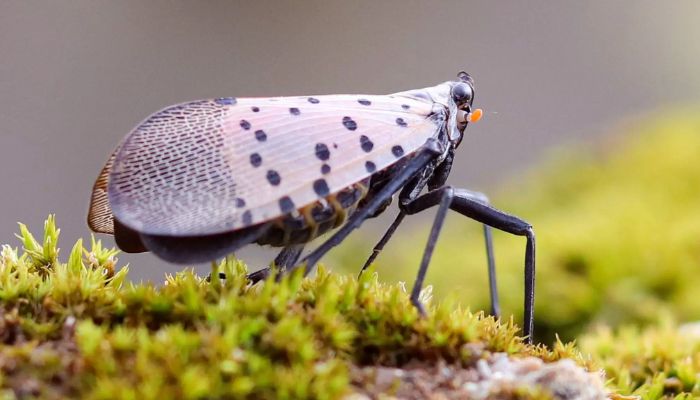
LATEST STORIES:


People in Hamilton are being asked to keep an eye out for the invasive “spotted lanternfly”, which is extremely harmful to plants and trees.
The Canadian Food Inspection Agency says there have been two observations of the insect this year, one in Quebec, and the other in Fort Erie, which was found dead.
The agency has not confirmed any established populations of the spotted lanternfly in Canada just yet.
The warning is not just exclusive to Hamilton — the Niagara region is also ringing alarm bells, because of the insects ability to kill plants and trees by sucking the sap from leaves and stems.
Sticky traps have been installed on certain tree trunks to hopefully catch insects before they do significant damage.
The biggest concern is about what this could mean for the wine, forest and agriculture sectors.
As an adult, it’s covered in black spots and has a bright red coloured underwing that gives it a light pink hue, with black on the end.
WATCH MORE: Study warns of environmental crisis in Hamilton
The spotted lanternfly was first detected in Pennsylvania in 2014, and as of September 2022, the invasive species centre says over 100 of them were found in Buffalo.
The bug primarily spreads through human activity by hopping onto moving cargo, camping gear, patio furniture, and plants.
It prefers to feed on the invasive “tree-of-heaven” — native to China and Taiwan — but also latches onto over 70 other species, including grapes, fruit trees, black walnut, maples and oaks.
The City of Hamilton’s report about the insect from 2023 reads that there were over 130,000 trees that the spotted lanternfly could feed on, which is about 43 per cent of the trees across the city.
Anyone that happens to “spot” the lanternfly is asked to take a photo of it and contact Hamilton’s Forest Health Team, or the Canadian Food Inspection Agency.
READ MORE: First human case of West Nile virus acquired in Canada this year confirmed